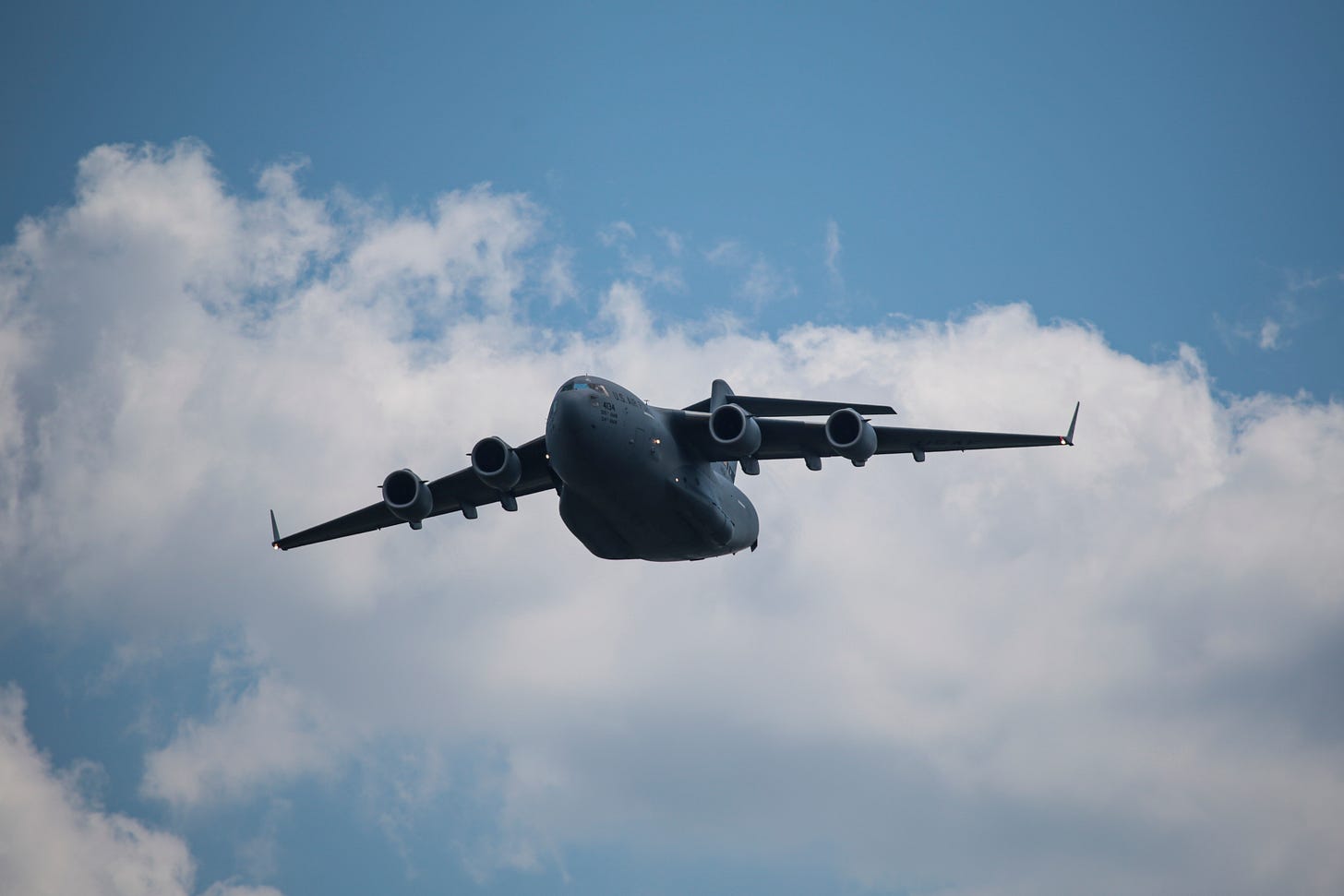What Did This US Military Cargo Plane Just Drop Over Tajikistan?
Just a quick little mystery today, folks.

In an age when every flight path can be tracked by a teenager on Twitter, it’s rare that a US military flight sparks this much speculation. But that’s exactly what happened on Satu…
Keep reading with a 7-day free trial
Subscribe to Eyes Only with Wes O'Donnell to keep reading this post and get 7 days of free access to the full post archives.


